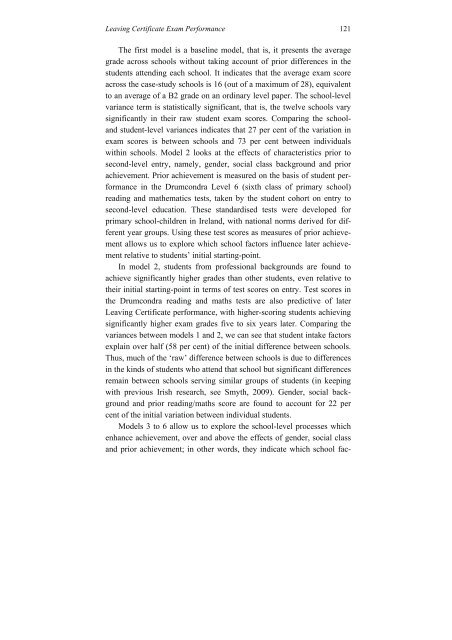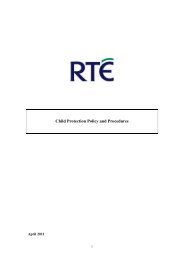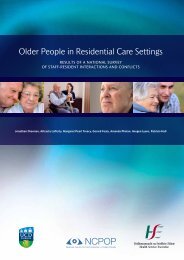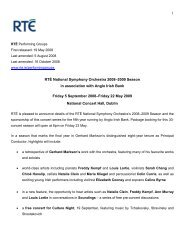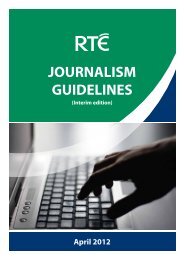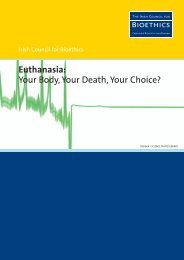From Leaving CertiFiCate to Leaving SChooL a Longitudinal Study ...
From Leaving CertiFiCate to Leaving SChooL a Longitudinal Study ...
From Leaving CertiFiCate to Leaving SChooL a Longitudinal Study ...
You also want an ePaper? Increase the reach of your titles
YUMPU automatically turns print PDFs into web optimized ePapers that Google loves.
<strong>Leaving</strong> Certificate Exam Performance 121<br />
The first model is a baseline model, that is, it presents the average<br />
grade across schools without taking account of prior differences in the<br />
students attending each school. It indicates that the average exam score<br />
across the case-study schools is 16 (out of a maximum of 28), equivalent<br />
<strong>to</strong> an average of a B2 grade on an ordinary level paper. The school-level<br />
variance term is statistically significant, that is, the twelve schools vary<br />
significantly in their raw student exam scores. Comparing the schooland<br />
student-level variances indicates that 27 per cent of the variation in<br />
exam scores is between schools and 73 per cent between individuals<br />
within schools. Model 2 looks at the effects of characteristics prior <strong>to</strong><br />
second-level entry, namely, gender, social class background and prior<br />
achievement. Prior achievement is measured on the basis of student performance<br />
in the Drumcondra Level 6 (sixth class of primary school)<br />
reading and mathematics tests, taken by the student cohort on entry <strong>to</strong><br />
second-level education. These standardised tests were developed for<br />
primary school-children in Ireland, with national norms derived for different<br />
year groups. Using these test scores as measures of prior achievement<br />
allows us <strong>to</strong> explore which school fac<strong>to</strong>rs influence later achievement<br />
relative <strong>to</strong> students’ initial starting-point.<br />
In model 2, students from professional backgrounds are found <strong>to</strong><br />
achieve significantly higher grades than other students, even relative <strong>to</strong><br />
their initial starting-point in terms of test scores on entry. Test scores in<br />
the Drumcondra reading and maths tests are also predictive of later<br />
<strong>Leaving</strong> Certificate performance, with higher-scoring students achieving<br />
significantly higher exam grades five <strong>to</strong> six years later. Comparing the<br />
variances between models 1 and 2, we can see that student intake fac<strong>to</strong>rs<br />
explain over half (58 per cent) of the initial difference between schools.<br />
Thus, much of the ‘raw’ difference between schools is due <strong>to</strong> differences<br />
in the kinds of students who attend that school but significant differences<br />
remain between schools serving similar groups of students (in keeping<br />
with previous Irish research, see Smyth, 2009). Gender, social background<br />
and prior reading/maths score are found <strong>to</strong> account for 22 per<br />
cent of the initial variation between individual students.<br />
Models 3 <strong>to</strong> 6 allow us <strong>to</strong> explore the school-level processes which<br />
enhance achievement, over and above the effects of gender, social class<br />
and prior achievement; in other words, they indicate which school fac-


